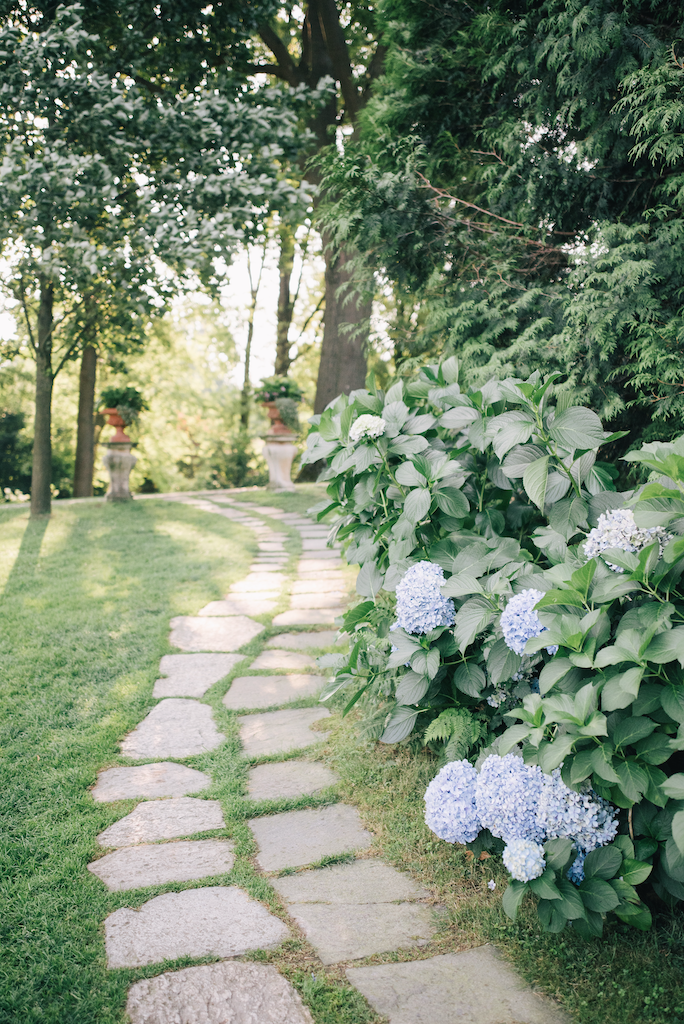
As climate change continues, you can expect to see more frequent and severe weather patterns — including drought. What can property owners do to maintain their landscaping?
It’s challenging to create the look you want when you don’t have sufficient water and restrictions affect your use. What are some ideas for sustainable landscaping during a drought? Consider taking the following five actions.
1. Clear the Clutter
Your grass needs to breathe, not stifle beneath a smothering blanket of children’s toys and fallen branches from winter storms. Leaving debris accumulate in your yard prevents water, air and nutrients from reaching the ground beneath while making it more vulnerable to mold and fungus. The result? Large swatches of dead grass that look unsightly.
Your first order of business when sustaining your landscaping during a drought is to clear the clutter. Invest in stylish storage bins that you can stack on your patio or garage to keep kids’ toys from rusting on the lawn. Get out the rake and remove any debris left behind by winter storms.
Raking also gently aerates the soil without overly stressing it. You should avoid core plug aeration during a drought, although it’s unlikely you could move sufficient earth if the ground compacted. Furthermore, please lay off the nitrogen fertilizers, which can burn existing grass and run off hardened soil into waterways, where they contribute to eutrophication — the yucky buildup of algae that can choke other marine life.
2. Let It Grow
Here’s a tip for landscaping during a drought that you can get behind if you resent giving up every Saturday to lawn maintenance. You should cut back on mowing your lawn during a drought and use a longer setting when you do get out the Lawn Boy.
Why? Letting your grass grow creates a deeper and longer root system, allowing blades to reach water deeper within the soil. It also helps prevent water evaporation and cools the soil, reducing burning. Furthermore, it prevents weeds without requiring chemical use, limiting pollution from runoff.
If you need another excuse to give your nosy neighbors or a nagging spouse, tell them that you’re preserving the life span of your lawn. Trimming too short during a drought can cause damage that injures dormant grasses to the point of no return.
3. Xeriscape
If you genuinely hate lawn maintenance and want to go further, why not ditch your lawn and embrace xeriscaping instead? This landscaping design style embraces the use of native plants to minimize water and maintenance requirements. You’ll save a small fortune on mower fuel and reclaim your Saturday morning from this household chore.
Xeriscaping also entails using nonliving features to enhance your property’s beauty — and utility. For example, a rock river makes an enchanting way to direct water flow from flash floods away from your home’s foundation and into the areas where you need it the most. Smaller, colorful gravel creates decorative patterns, and benches offer places to sit and enjoy the natural setting.
4. Minimize Chemical Use
When many homeowners see yellow leaves and bald spots, their minds turn to fertilizer. However, using too many chemicals harms your plants and the environment, particularly during a drought.
Fertilizers contain salts. Think about your body for a minute — you probably don’t reach for the shaker when you’re dehydrated. That’s because this substance draws moisture away from where you need it. Adding more to the soil can destroy your plant’s roots.
However, you’re in luck if you compost. Organic mixes are much less likely to harm your soil. Additionally, they don’t require additional irrigation, a vital detail if local restrictions say you can’t water.
5. Use Shade Strategically
Plants might be different living organisms, but they share some traits with humans, like wanting shade when it gets too hot.
Drought isn’t the best time to plant new shade trees. However, you can invest in patio umbrellas, maybe even a popup canopy to serve as an impromptu gazebo over your most delicate blooms. If you’re adding a roof to your deck or patio, include a marquee to extend shade over any gardens lining the structure.
Sustainable Landscaping During a Drought
Drought makes it more challenging to keep your landscaping looking fresh. Like humans, plants wilt when too little water combines with excessive heat.
Follow the tips above for creating sustainable landscaping during a drought. You’ll enjoy a more beautiful environment during dry weather and green your footprint overall.
Bio:
Jane is an environmental writer and the founder and editor-in-chief of Environment.co where she covers sustainability and eco-friendly living.
